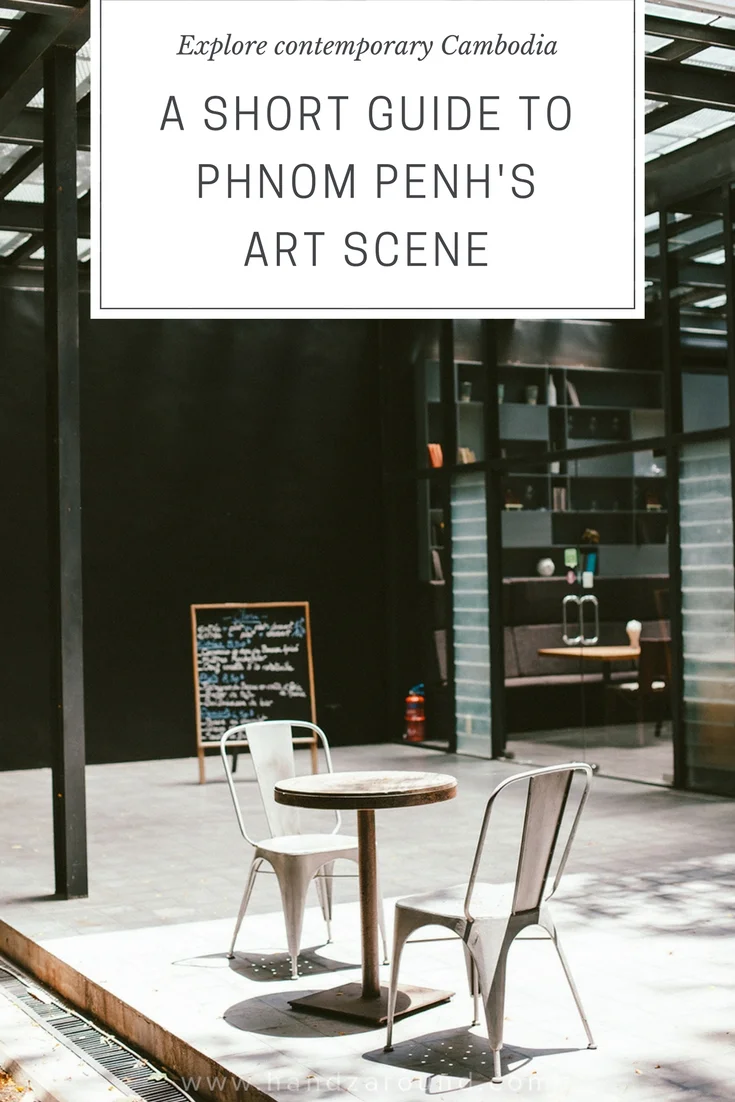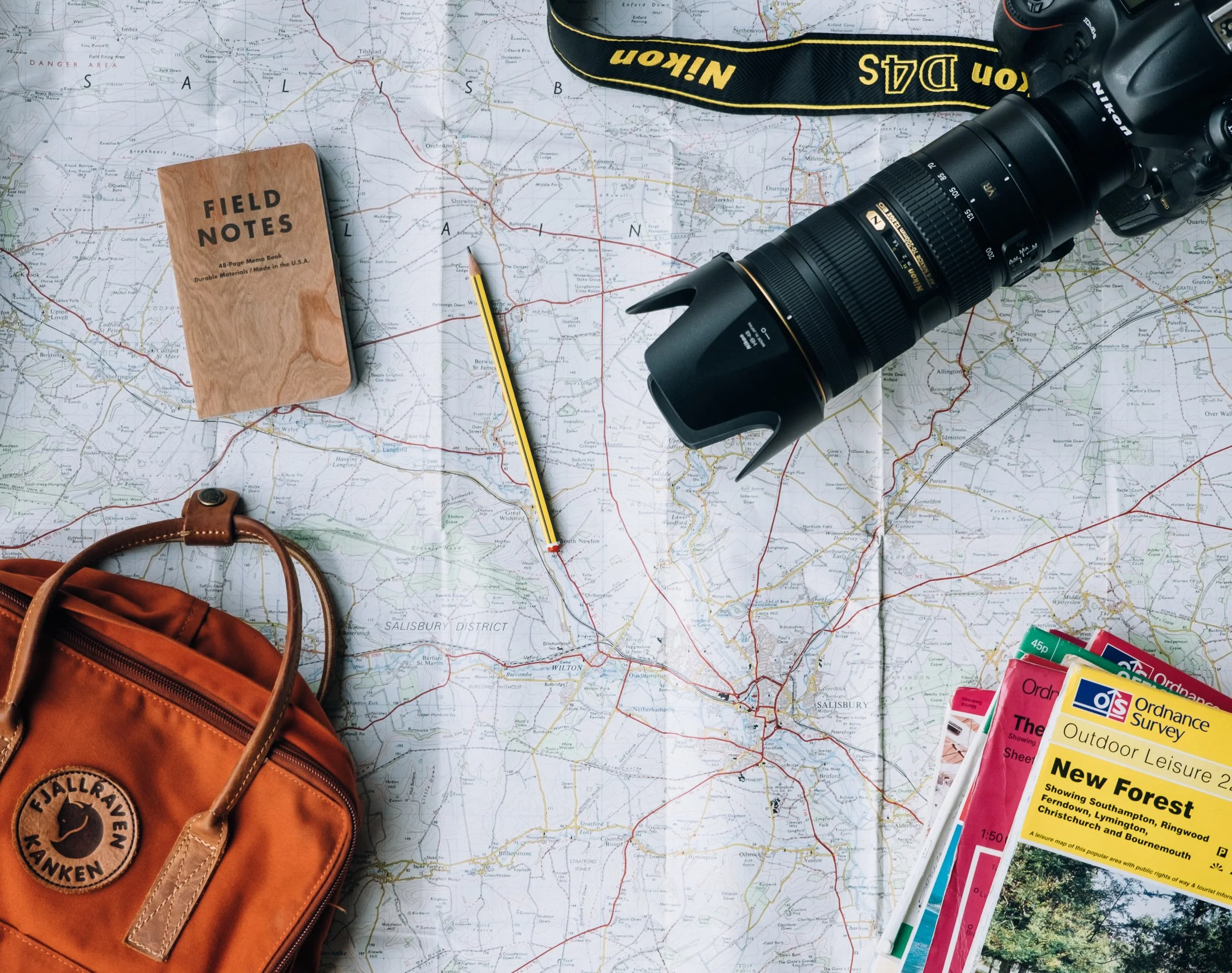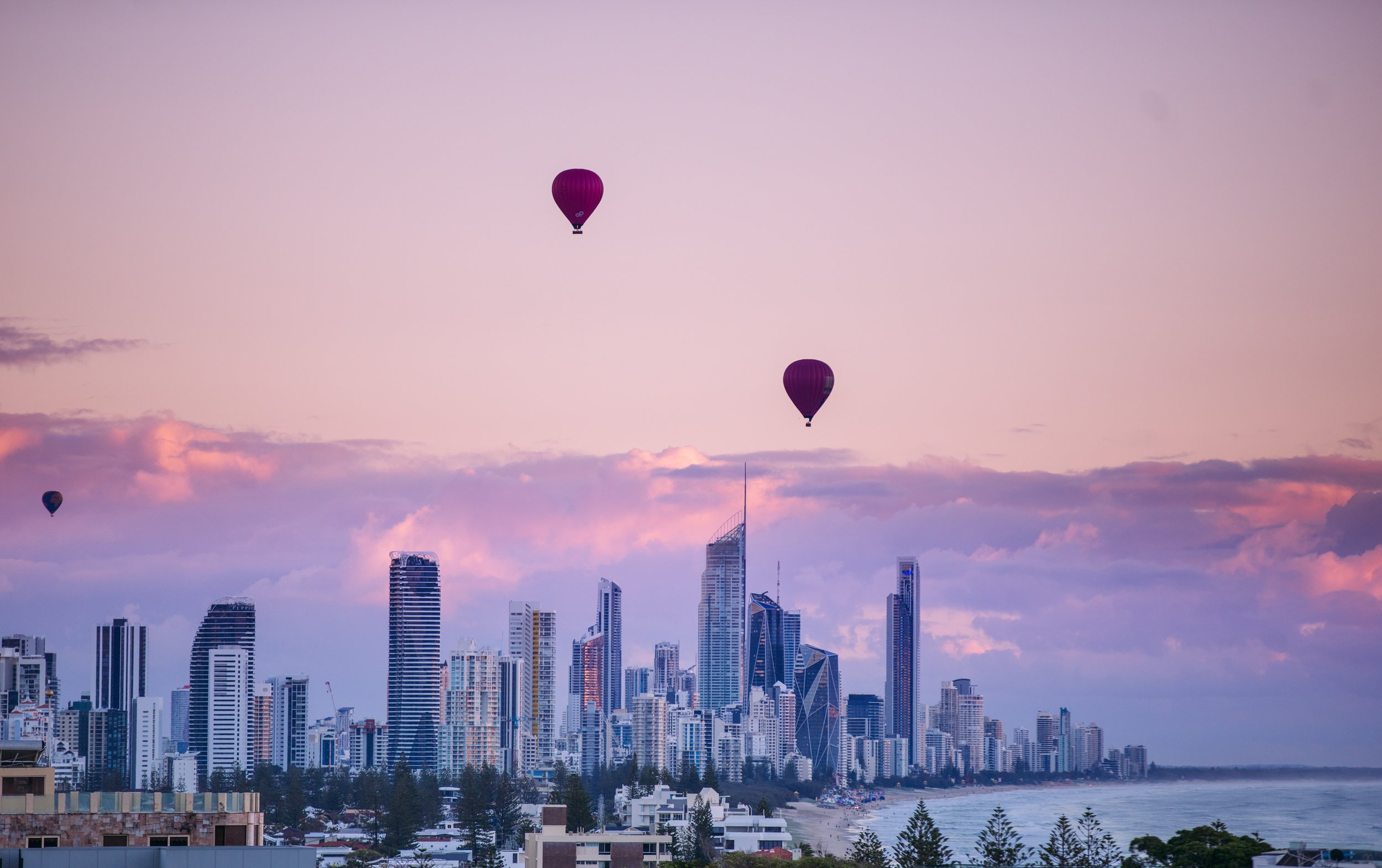Phnom Penh, April 2017
Art usually tackles modern day problems, as well as historical events, in a way accessible for the public. That's why, whilst visiting places, we try to research local places that offer us a glimpse into a country's society and history, through art. And that's exactly what we did in Phnom Penh. Cambodia's modern history is a very rough one and difficult to talk about. Being careful not to ask insensitive questions, we thought that visiting places where emerging Cambodian artists can express themselves, will provide us with answers. And we weren't let down!
Boring Phnom Penh
Many people we talked to on the way said that Phnom Penh is nothing special. Two days is enough in this city and besides the Killing Fields and the Tuol Sleng Prison, there is not much more to see. Some travellers decide to totally skip the capital as a destination not better than Sihanoukville or Siem Reap. Well...we disagree! We listened to all these rumours and decided to spend only 3 nights here but we wish we had more time to explore the vibrant culture of this beautiful fast developing Cambodian city.
In the past
It's important to mention that before 1975 Phnom Penh was a bustling city with cinemas, swimming pools, theatres, dance groups and many more artistic and cultural endeavours.
When the Khmer Rouge took over the country from 1975 for four years, not only was the majority of Phnom Penh's population forced to flee the city to rural areas, but any kind of music and dance was prohibited. All the TVs, clocks and electronic devices were forbidden, and so was any kind of education and fashion.
Since the then government believed that an agrarian system will take the country to its glory, city people had to regress with their level of life and all the cultural activity was haltered for a few years.
Tuol Sleng Prison
The only music and dance that took place during the Khmer Rouge period had to do with the kid-soldiers learning the songs and dances about Khmer Rouge killing their enemies. As Loung Ung says in her book 'First They Killed My Father' about singing and dancing in the children's work camp she was in:
Though I dislike the songs, it is music nevertheless, and it is something of a respite from the life I have been living. (...) In the nearly two years (…) there was no music or dancing. The Chief told us the Angkar had banned it.
After 1979, Phnom Penh found itself in decay and although in a much better situation, it was still under Vietnamese rule. It took several years for the schools, cinemas and theatres to open their doors again for the public.
A bustling hub
When we visited Phnom Penh this April, we were positively surprised with contemporary art and culture leaving marks in the modern Cambodian history.
After googling a sentence as simple as 'contemporary art Phnom Penh', we were flooded with the results. There were several events to choose from, probably due to the fact we visited over a weekend. The local Cambodians were invited to film workshops, crafts workshops, dance classes as well as new exhibitions opening up.
French Institute of Cambodia
As we only had limited time, we decided to visit two places that attracted our attention, The Bophana Centre and French Institute of Cambodia.
The latter is an interesting building with a spacious library flooded with natural light coming from its glass walls. There were also a couple of exhibition going on, and if you wished, you were more than welcome to have a coffee and a cake in the modern cafe located on the grounds of the institute.
One of the exhibitions was focused on the photographs from the cultural events, which took places in Cambodia in recent years, and another exhibition/show, 'Formidable', invited viewers for a journey through the history of film. We really enjoyed this one - we sat down, and sometimes even had a chance to lay down, in front of projections of the moments of films important in the cinema history, and totally forgot about unbearable heat outside and about where we were.
The story of Bophana
Another place that we visited was The Bophana Centre. We didn't learn about where the name of this place came from, until we visited the Tuol Sleng Prison. Today, a museum, in the past, a horrible place where many innocent people were abused and killed. One of them was Bophana. In modern Cambodian culture, Bophana became a symbol of resistance. She was a young girl, who never stopped writing love letters to her husband, even though it was against the law during the Khmer Rouge rule. She never got to know that herself and her husband happened to be at the same prison. They were only united after death.
French Institute of Cambodia's garden
Today, locals, as well as Phnom Penh's visitors, can enjoy the Bophana Centre, whose aim is to collect and preserve film, photography and sound archives. During our visit we were lucky to see the photographs taken in Phnom Penh in the years of Khmer Rouge rule, as well as a screening of films made by young Cambodian filmmakers. The films, shot on almost zero budget, dealt with issues such as domestic violence, social stereotypes and unemployment, amongst many others. It was motivating to see that even with almost no resources, young people strive to show their view of the world and make viewers aware of modern day problems.
Stay longer!
Phnom Penh really surprised us with all the activities it had on offer. The three days we spent in this city gave us only a small insight into its history, culture and daily life. Of course, the Killing Fields and the Tuol Sleng Prison are important points of interest that offer an introduction to the dark times Cambodian people went through, however, the city itself is so much more than that! The history is important, indeed, but visitors shouldn't forget that the life of the people here is going on and they are quickly moving forward. The Bophana Center and the French Institute are just two places, we had a chance to visit, but we're sure everyone will find something for themselves!
P.S.
Another favourite place of local youth, to grab a drink and have something to eat, is Jet's Container Night Market! Londoners could easily confuse it with Shoreditch Box Park, however the Phnom Penh version is much, much bigger and we could hardly spot any tourists there!
The French Institute of Cambodia is open Monday to Saturday: 8am-9:30pm.
On certain days you can also see movies for $2 in their Cinema.
Its address is 218 street 184 – BP 827 – Phnom Penh.
Bophana Audiovisual Resource Center is open Monday to Friday:
8am-12pm & 2-6pm, as well as Saturday: 2 to 6pm.
It's quite close to the French Institute and its address is
64 Street 200, 12211 Phnom Penh.
To learn more about Cambodian past and history, I reached for the books 'First They Killed My Father' and 'After They Killed My Father' written by Loung Ung. The books were written from the perspective of at first little girl, who has been growing together with her story. I can't praise these books enough. Although very sad, they are a wonderful source of information and let you live through Loung's story, as you're reading them.










































